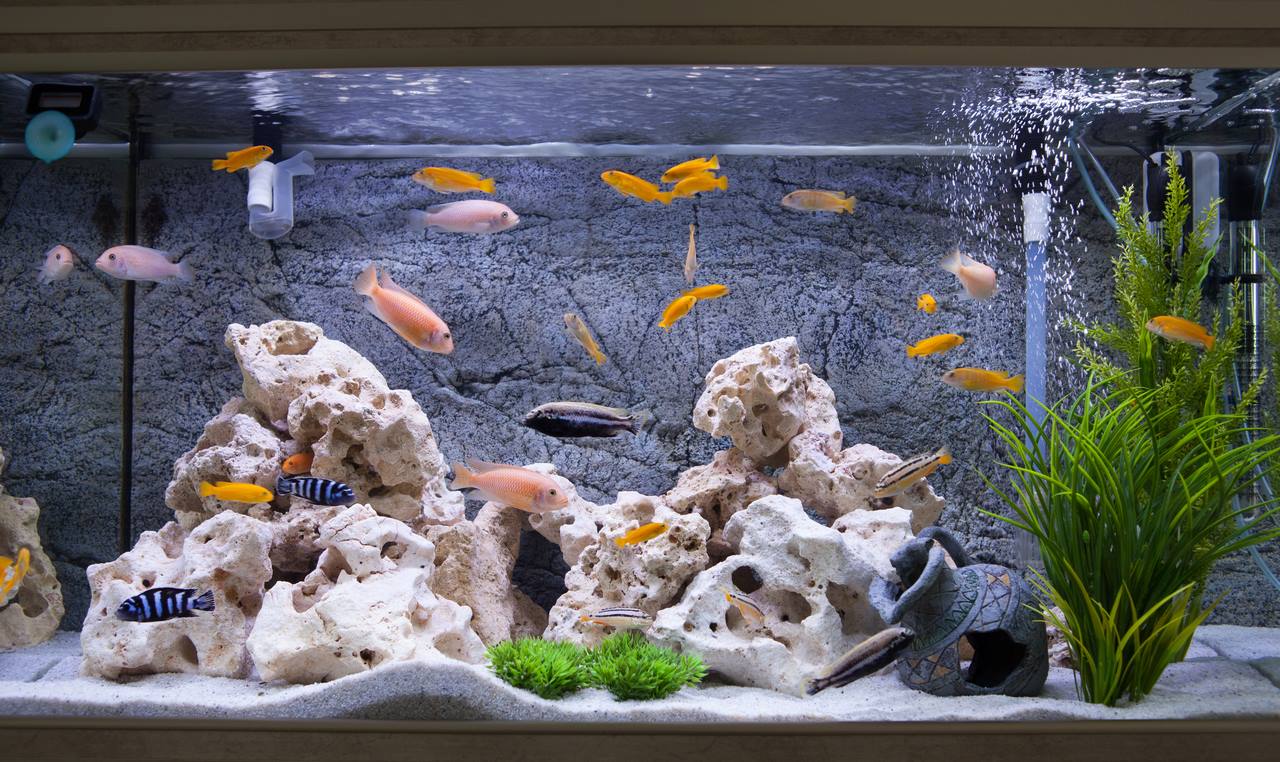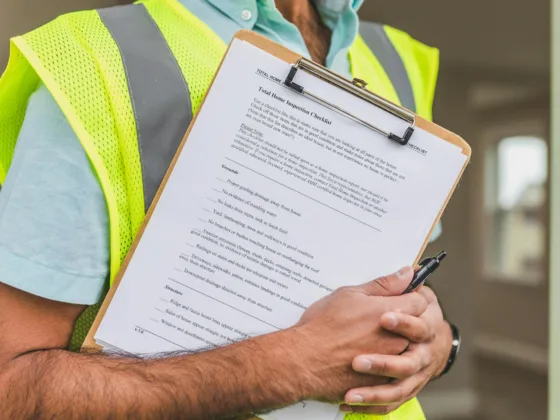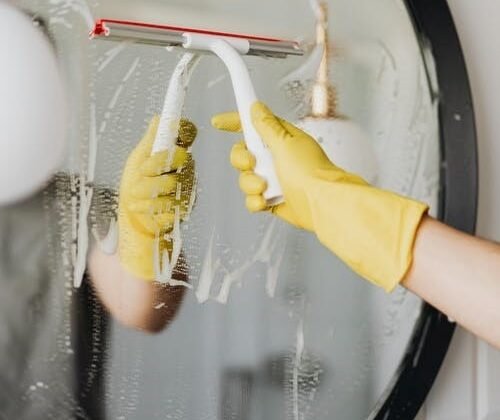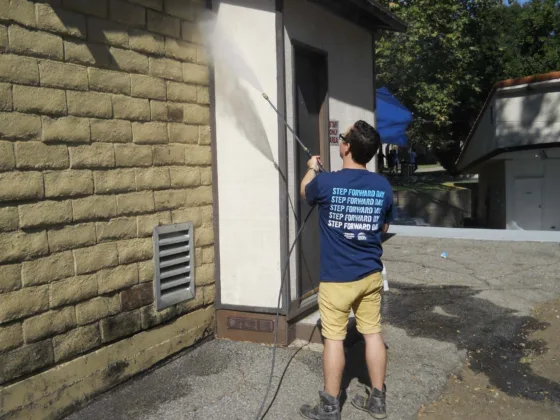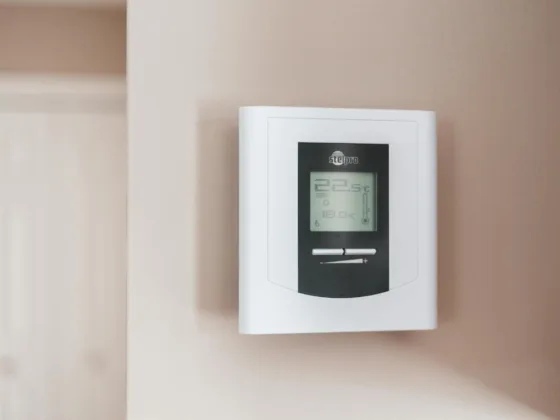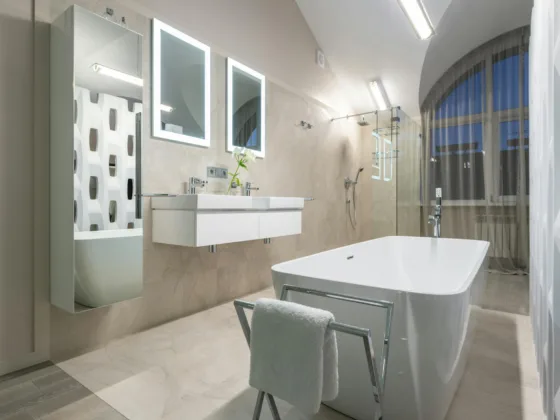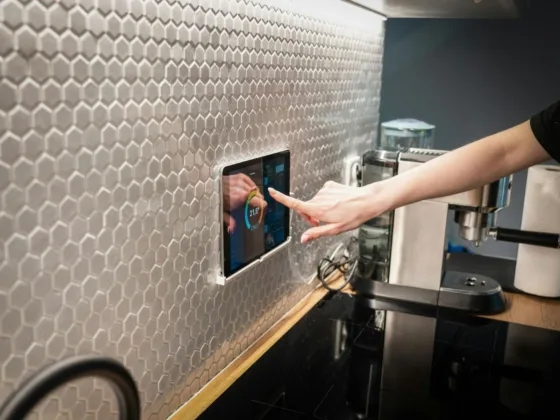Table of Contents Show
If you’re considering a great new hobby and have had a new interest in fishes, you might want to learn how to build your own aquarium.
Purchasing an aquarium is quite expensive, especially if you’re planning on getting a big one for your new pets.
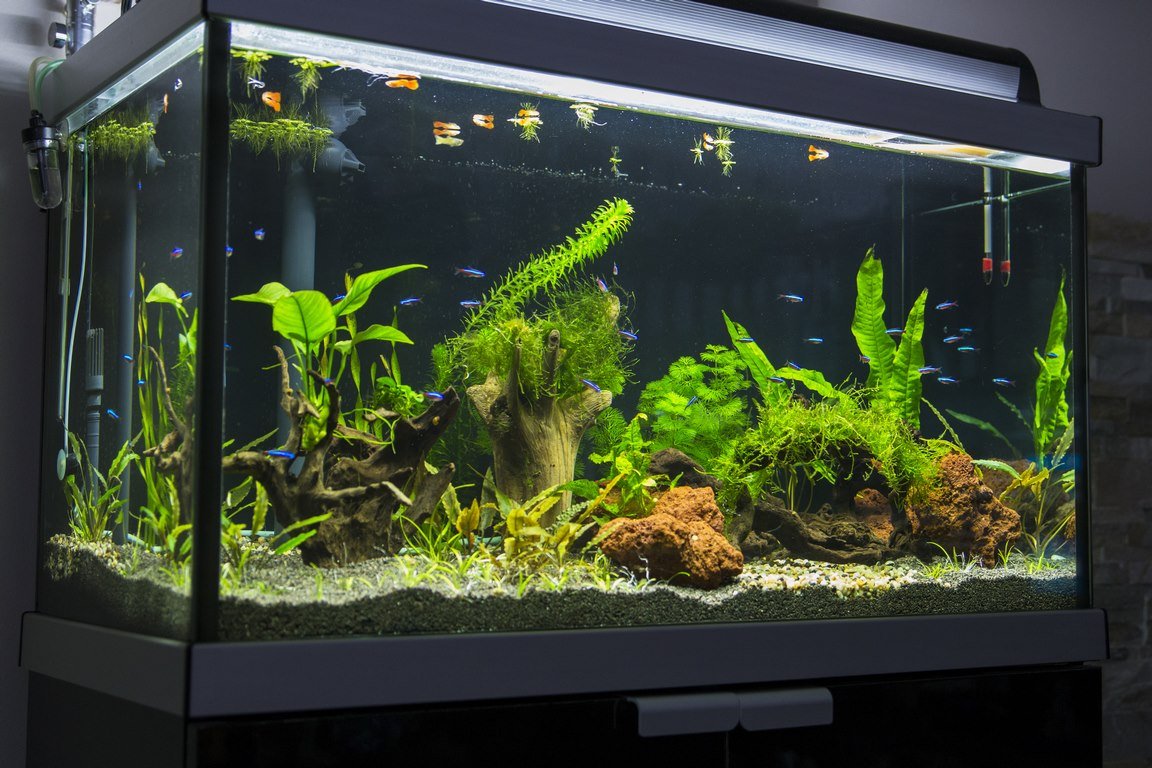
An aquarium is a great way to spend time outdoors and enjoy the beauty of nature. But an aquarium is not easy to keep clean.
Plus, it takes a lot of work to keep the water healthy. If you’re interested in learning how to build your own aquarium, here are some tips to make your project go more smoothly.
Basic Fish Tank Supplies
1. Gravel
One of the first things that you’ll need for a DIY aquarium project is gravel.
Gravel acts as a filter to catch the nutrients from the seaweed and plants that are used in the creation of the aquarium. You’ll need plenty of gravel to allow for proper filtration.
As long as you have enough gravel to handle the size of the aquarium, you should be fine.
2. Aquarium Pump
You’ll also need an aquarium pump. The pump will operate on the power of the aquarium’s pumps to move the gravel and water through the system.
The pump will use a fan to blow air into the gravel, which will oxygenate the water and help keep the water healthy.
3. Fish
Once you have the gravel, you’ll need some fish. Fish can live in aquariums, but they’re quite delicate.
You’ll need to be careful when you’re learning how to build an aquarium because some fish will easily get sick or die.
It’s important to find out what kind of fish you want to buy, so you need to do your research and reach out to known fish breeders.
If that’s not possible, you may need to raise fish that are in less-than-perfect conditions.
4. Fish Food
If you want to learn how to build your own aquarium, you’ll probably need some fish food.
There are some good brands that you can purchase in aquarium supply stores, and there are some not-so-good brands.
The not-so-good brands tend to be filled with additives that aren’t beneficial to a fish’s health, while the good brands are more natural and are better for the fish.
Make sure that you read up on the different types of fish food available. and choose one that your fish will like. To know how to build your own aquarium, you’ll also need some UV filters.
UV filters can be bought in different stores, but they’re extremely beneficial for keeping the tank clean and healthy.
Read Also:
Step 1: Design and Plan for Your Aquarium
The first step you’ll need to take when learning how to build your own aquarium is deciding on what size tank you want to have.
Next, you need to choose whether or not you want to fish in your aquarium. Finally, decide on whether or not you want to live plants or gravel on your tank.
If you have some experience in the aquarium hobby, you’ll probably know which kind of options you should choose.
If you’re looking to learn how to build your own aquarium, one of the easiest ways is to look at pictures of completed aquariums.
They’re definitely impressive, and they show you just how easy it is to build a nice aquarium with a bit of extra effort. However, if you’re a novice, don’t worry.
You can still get great instruction in the form of books, online, or by attending seminars or classes. No matter how you learn how to build your own aquarium, you’re sure to be satisfied with the result.
Step 2: Make the Right Measurements
When you are finding the right measurements for your aquarium, the best way to do this is to get a tape to measure the width, height, and depth of a sample aquarium you choose to copy.
After you have these measurements, you will need to determine the width, height, and depth of your own aquarium so you can easily make changes.
After you have determined the dimensions of your aquarium, make two copies of the document. The first copy of the document that you will need to keep is the actual dimensions of your aquarium.
You should save this copy in a safe place so that you will not get stuck changing the dimensions. The other copy of the document that you need to keep is just for your notes in case you might need additional changes.
Step 3: Prepare the Needed Glass
After determining the size and measurements of the aquarium you want to make, the next thing that you will need to do is to determine what type of glass you are going to be using.
Most people end up using acrylic, but this is not always the best choice. The reason for this is that the glass used for aquariums tends to be much stronger than the glass most people use for indoor doors.
Using acrylic may cause your glass door to shatter more easily, especially if you have a thick enough door (a thicker door would be necessary for a glasshouse).
You will also have to consider the thickness of the glass, as well as the thickness of the Plexiglas you’ll use to surround it.
Step 4: Find the Right Adhesive
When you are setting up your new fish tank, it’s important to make sure you pick the right fish tank adhesive.
With a wide range of safe, high-quality fish tank adhesives available in the market, you could make sure that your fish tank is safe and leak-proof.
If you are looking for fish tank adhesive that is safe to use, aquarium silicone is your best bet.
Using a silicone product is always better than using other materials, as silicone is non-toxic and can be stacked without any problems.
When you are shopping for an aquarium or stand-alone fish tank adhesive, you should always keep your eyes open for the best buy.
Sometimes the best buy is not always the most expensive one. There are a lot of sealants out there that come at a very affordable price but have the potential to do great damage to your fish tank.
These sealants often contain toxic chemicals that may harm or even kill your fish, so you need to do a bit of research on which sealants are good for your aquarium.
Step 5: Applying the Adhesive
Before proceeding with this step, you need to know that it takes practice to learn how to apply the adhesive correctly and not cause any damage to your fish tank.
There are a couple of different ways that you can use this type of product when setting up your fish tank. One way is to use it to simply stick down filter bubbles to get them to work properly.
This means that you will need to know how to properly install and use the product if you want to be sure that it is done correctly.
The other way to learn how to apply adhesive to fish tank frames is to use it as a way to create support for your fish to stand on.
You do not have to worry about having your fish suffer if you cannot get them in their aquarium because the product is designed to keep the fish in place.
This means that you can expect the fish to stay alive and healthy because they will be able to breathe properly and not get stuck on the sides of the tank.
If you have a smaller aquarium or live plants, this can help you create a better-looking finish for your tank. This is especially true if you choose to use a clear coat to help show off the details of the aquarium.
Key Considerations of Fish Tanks and Fish Care
Having enough patience and practice is one of the most important considerations for DIY fish tanks. You will want to have a lot of space and obviously a sizable tank to house your fish.
You should also be prepared to clean it from time to time because fish are very filthy animals and need a sanitary environment to live in.
Fish tank water can become contaminated with bacteria over time, so you must be able to clean that out regularly, or else you will run the risk of sick fish.
Having an enclosed space for your fish is necessary because you don’t want the ammonia levels in the tank to get too high and kill your fish.
The next factor that goes into the practice of DIY fish tanks is time. It takes time to properly care for a fish tank so if you are just starting out, you may want to consider taking out fish that are not doing well and giving them some more time.
This gives them a chance to grow before you decide to add new fish into the mix. It also helps you to have a good understanding of how much space your chosen fish tank will require, especially since you will have to clean out the bottom area quite often.
